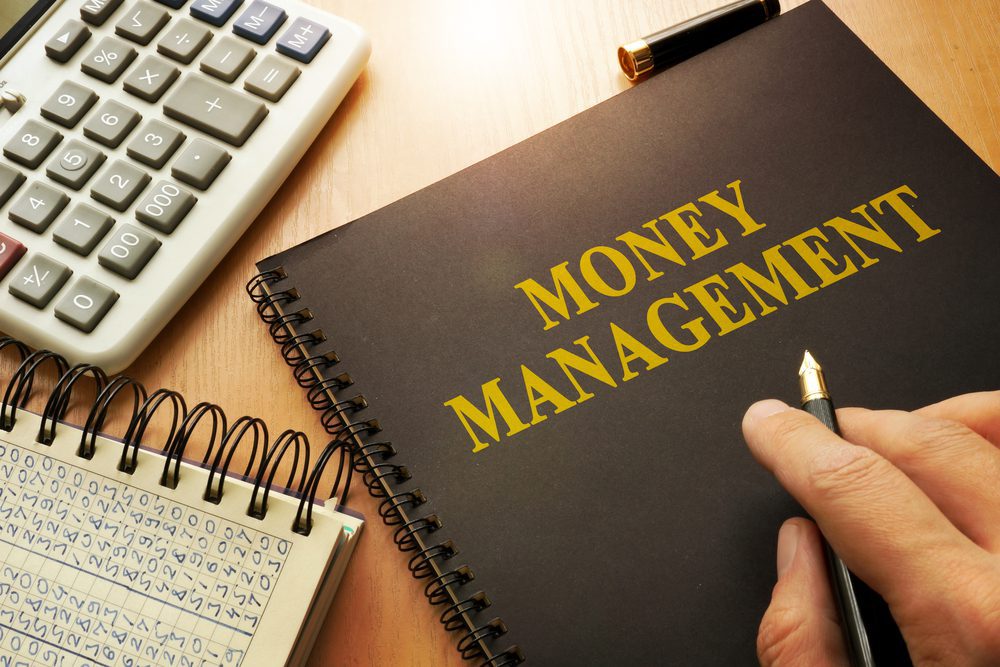Expenses are part of doing business. A dealership can’t have profits without a facility, inventory, employees, supplies and other necessities that cost money. The old saying “You’ve gotta spend money to make money” definitely holds true in the car business.
While you will never avoid expenses altogether, there are always opportunities to evaluate expenses to determine their true value. The biggest expense problem any dealership faces is when money going out does not equate to more money coming in.
Expenses should always be traced back to their effect on overall profits. If an expense does not add value to the bottom line, either directly or indirectly, then that expense might need to be reduced or eliminated.
 Effective expense control should be an ongoing effort of looking at the numbers and identifying areas for improvement. This can be done on a dealership-wide scale, but each department should also look at its own expenses separate of the dealership as a whole. Here is a simple look at how to tackle expenses for each department.
Effective expense control should be an ongoing effort of looking at the numbers and identifying areas for improvement. This can be done on a dealership-wide scale, but each department should also look at its own expenses separate of the dealership as a whole. Here is a simple look at how to tackle expenses for each department.
Sales Department
The biggest opportunity for improvement in any sales department could be advertising, inventory, or personnel. The important thing is to look at the numbers and evaluate each line individually. For the sake of this article, we will look closer at advertising, because there are often a large sums of wasteful spending in this category.
Let’s be honest. There is a lot of ego involved in automotive advertising. Many dealers love to see their face on TV, on billboards, or hear their voice on the radio. Fame, however, does not necessarily lead to sales.
Effective advertising needs strategic management. You can’t throw money at advertising without measuring results and ROI. Figure out a way to track every advertising dollar you spend to determine which dollars lead to sales and which dollars just make you feel good.
Service Department
As you drill down into service expenses, pay attention to numbers that seem disproportionate. Employee expenses are often a great candidate for improvement, but the first response should not be to start firing people. Good employees are your number one asset.
First start by monitoring how much overtime your employees are clocking. Can this be managed better? Sometimes hiring additional staff is more cost effective than paying exorbitant amounts of overtime. Another area for improvement would be employee turnover. How can you improve the hiring process to make sure you have the right employees to start with?
Parts Department
One area for potential improvement in Parts might be inventory. Important factors to consider would be the current inventory mix and how much money is spent on emergency purchases. Do you have the right mix of inventory in stock, or are you consistently over paying to expedite parts that aren’t on your shelf?
Obsolete inventory is another possible area for improvement. If inventory is not moving, there are opportunity costs involved, not to mention the lack of valuable shelf space for better selling parts. Track your inventory and work to replace parts that aren’t selling with faster moving parts.
Conclusion
Expense management is an ongoing process. Focus on a few areas at a time. Turn over rocks and make new discoveries. A little extra ad spend here, overtime there, a few extra pens and envelopes. They may not seem like much by themselves, but as you make a concerted effort to streamline expenses, it will result in better ROI and greater profits. Tightening the reigns can be painful at times, but it all adds up in the end.








